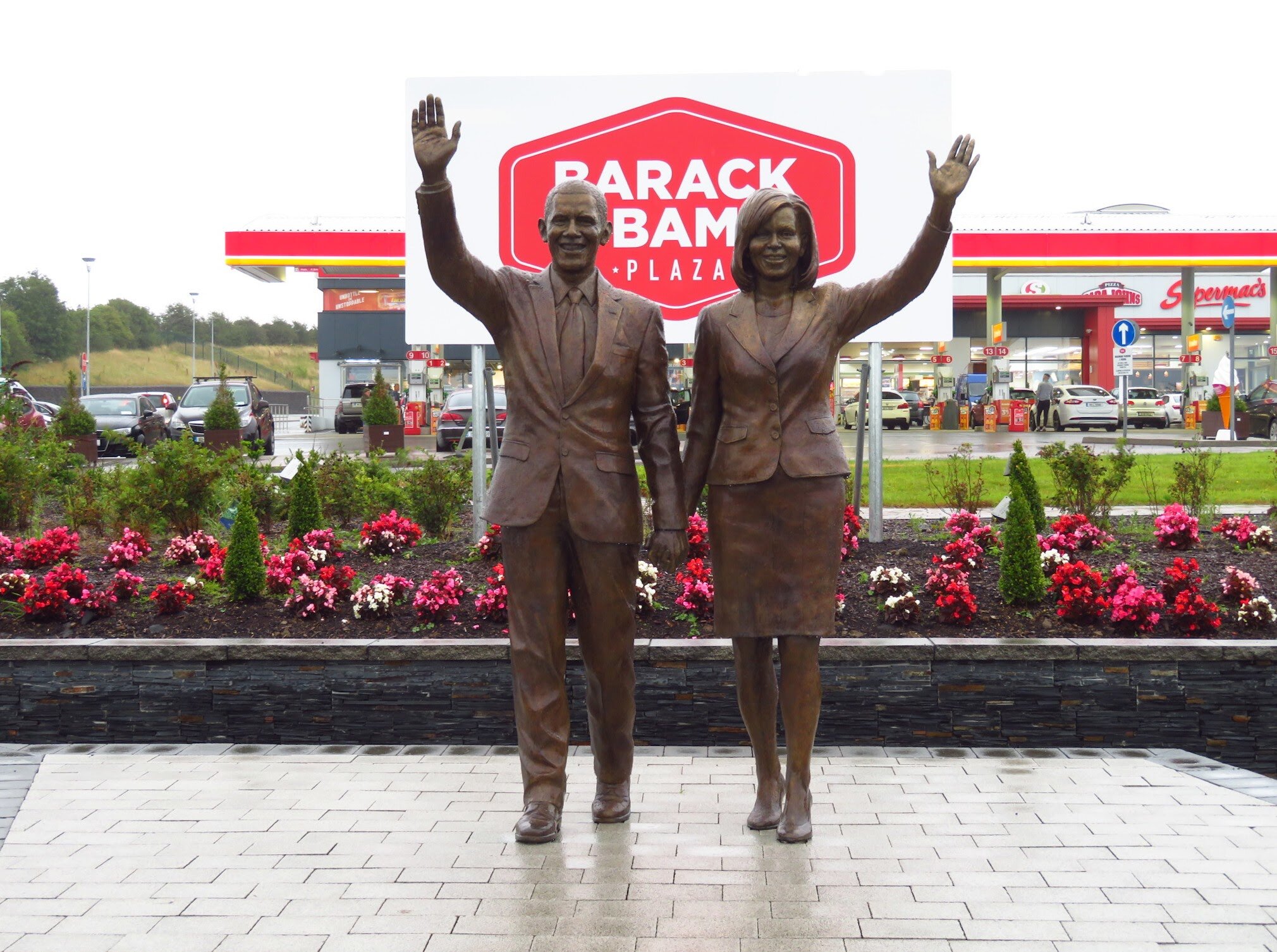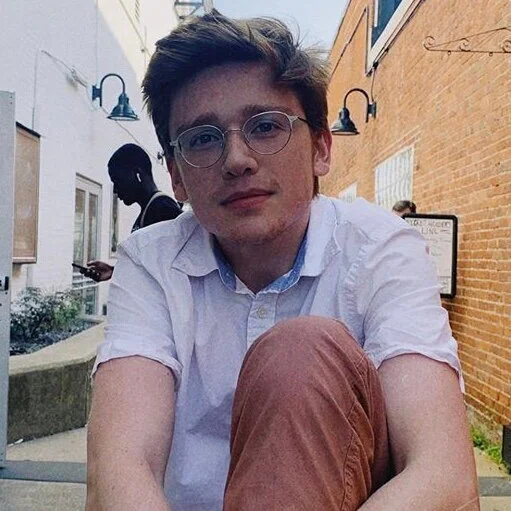Learn about the gas station that doubles as a museum to the 44th president of the United States.
Land of a thousand welcomes. O’Dea. CC BY-SA 4.0.
On the M7 motorway between Dublin and Limerick, Ireland, a tired and hungry traveler can find just the service station they need. It provides a gas station, fast food outlets, and a convenience store. If the traveler has a little time to spare, they can head upstairs to the museum dedicated to Barack Obama, the United States’ 44th president.
It’s a surreal mix of a service station and a presidential memorial. Signs with Obama’s name adorn everything from the floor mats to trash cans to cups of tea. Cardboard cutouts of the former U.S. president and first lady greet every entrant. Upstairs, display cases proudly show off memorabilia from Obama’s 2008 presidential campaign and his visit to the nearby village of Moneygall.
Obama fever swept Ireland when an Irish genealogist discovered that Obama’s great-great-great-grandfather, Fulmoth Kearney, emigrated from Moneygall to a farm in rural Ohio in 1850. The discovery added yet another twist to Obama’s multifaceted heritage and led to a 2011 visit by the president.
Moneygall adorned its streets with Irish and American flags to welcome the presidential motorcade. Locals lined the streets to welcome the president and first lady as they met Obama’s eighth cousin Henry, whom the president dubbed “Henry the Eighth.” Most famously, they stopped by Ollie Hayes’ Pub to drink a pint of Guinness. “We feel very much at home here,” Obama said. “I feel even more at home after that pint that I just had.”
What’s the craic, Barack? Charles McCain. CC0.
As a nation defined by diaspora, Ireland welcomes prominent figures from across the world into its fold. The Great Potato Famine of 1845 forced millions to flee Ireland penniless and starving, beginning a long pattern of emigration in search of a better life. Over the course of the next century, Irish migrants spread across the world. Though Ireland’s population numbers only 5 million, 80 million people worldwide can claim Irish ancestry.
So when Barack Obama discovered his Irish roots, the nation feverishly celebrated his visit. His speech in Dublin packed the city’s streets. Convenience stores stocked up on presidential souvenirs and knickknacks. Musicians celebrated Obama’s homecoming in song. The Corrigan Brothers wrote the minor hit “There’s No One As Irish As Barack O’bama” while fiddler Martin Hayes still regularly performs “The Barack Obama Reel.”
Martin Hayes and Dennis Cahill performing “The Barack Obama Reel”
Obama’s 2012 reelection campaign couldn’t have been far from his mind, speculated political analysts. Irish-Americans constitute a large voting bloc, so his ceremonial visit to Ireland played well to a key demographic. As Obama noted in a later address in Belfast, Northern Ireland, “When I was first running for office in Chicago, I didn’t know this [his Irish ancestry], but I wish I had. It pays to be Irish in Chicago.” It pays nationwide as well.
Obama fever culminated in the half-charming, half-embarrassing Barack Obama Plaza. The $9 million project opened in 2014, long after Obama's first visit, but an earnest love persists across the Emerald Isle. In 2016, the service station wondered whether it should change its name to “Trump’s Pumps” or “Hillary’s Fillery.” The change never happened. Obama fever’s symptoms are long-lasting.
RELATED CONTENT:
Michael McCarthy
Michael is an undergraduate student at Haverford College, dodging the pandemic by taking a gap year. He writes in a variety of genres, and his time in high school debate renders political writing an inevitable fascination. Writing at Catalyst and the Bi-Co News, a student-run newspaper, provides an outlet for this passion. In the future, he intends to keep writing in mediums both informative and creative.









